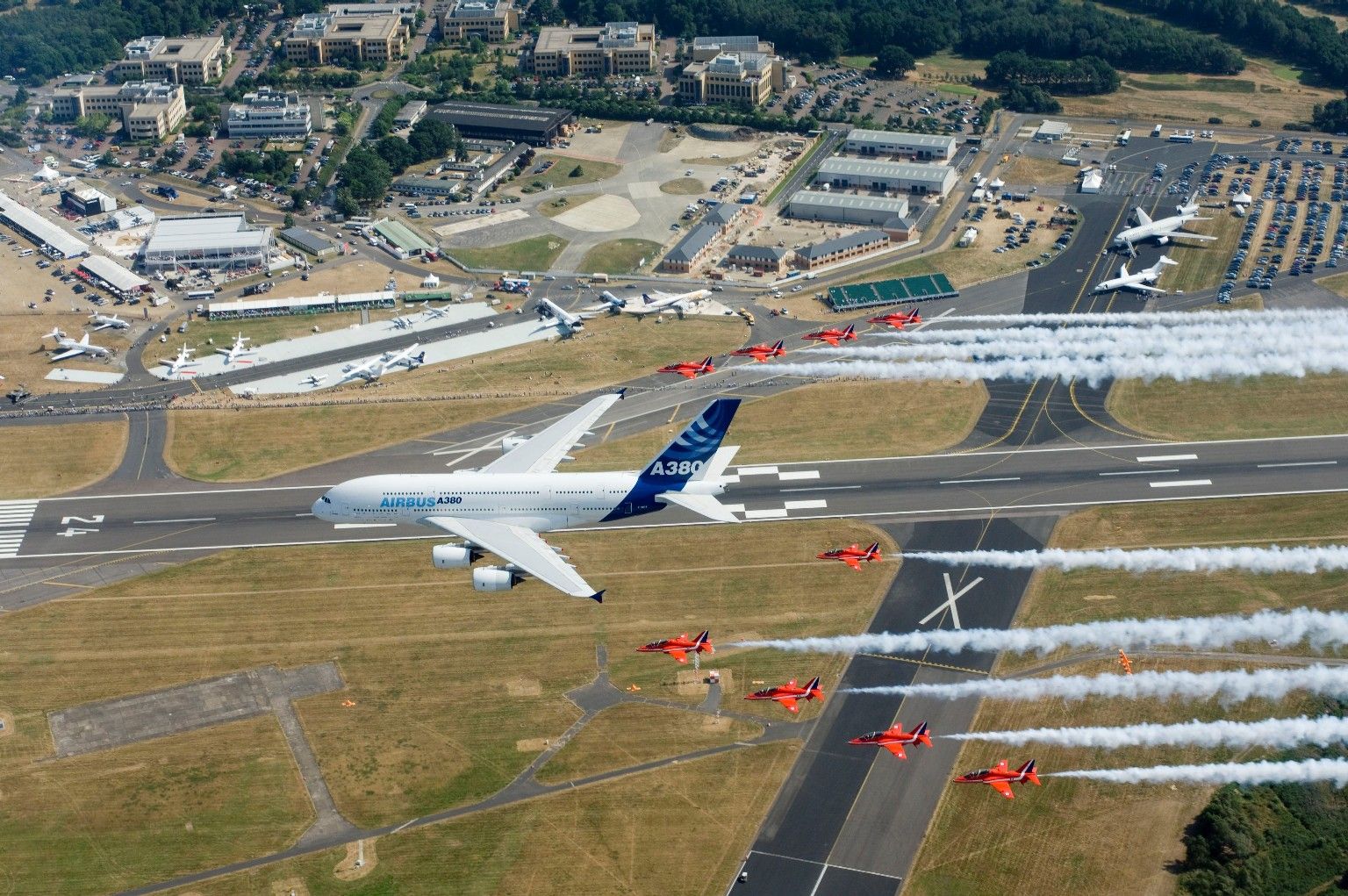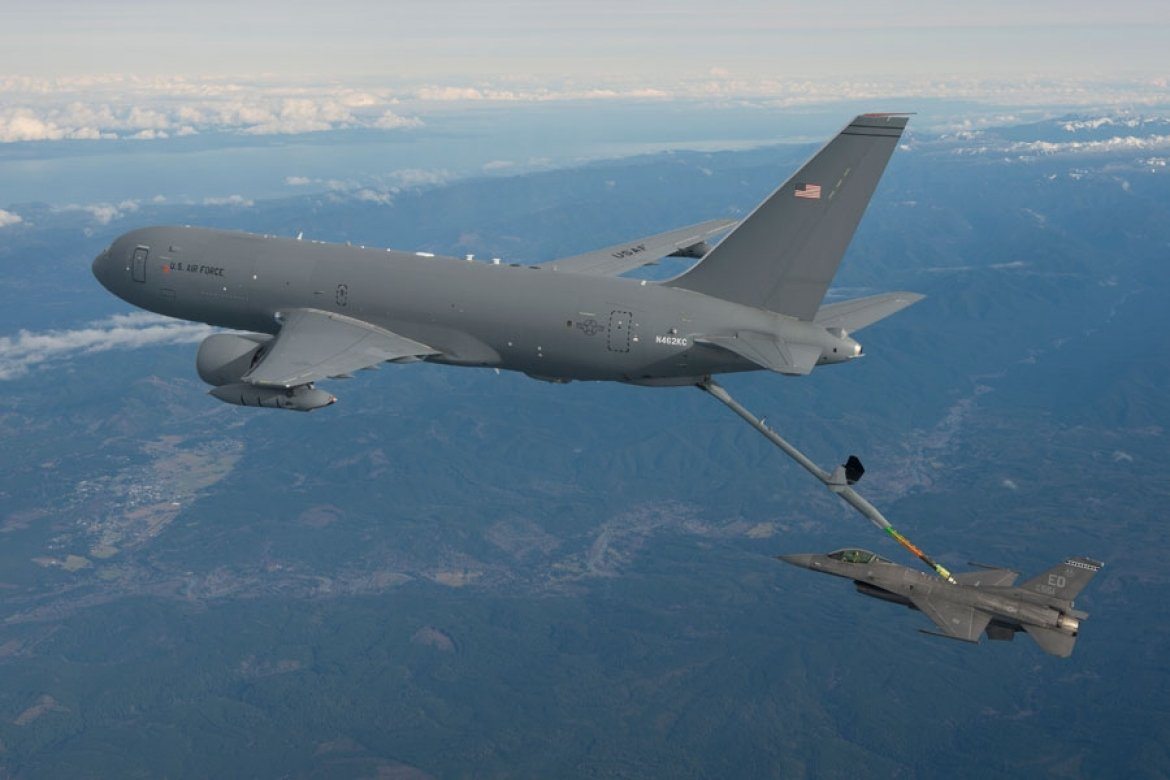This year’s Farnborough air show was not a vintage year for aircraft orders, analysts say, a gloomy outlook clouded by Brexit and further darkening as European giant Airbus slashed output of its A380 superjumbo.
Airbus’ announcement late Tuesday that the Franco-German planemaker would halve A380 production to one a month from 2018 caused some turbulence at the show, but chief executive Tom Enders hoped the cutbacks would last “just a year or two”.
Orders at the last Farnborough event in 2014 hit $201 billion whereas this year organizers said they came in over $85bn by the close of day three, suggesting a steep falloff — albeit actual deals usually go through some way below official list prices.
Both Airbus and Boeing were nonetheless bullish after a fleet of orders principally from Asia and low-cost carriers.
Despite the lower apparent overall volume of show orders, Airbus could point to an early $12.5-billion jets deal from AirAsia, Malaysia’s low-cost airline AirAsia, which placed a blockbuster order for 100 single-aisle fuel-efficient A321neo jets, worth some 11.3 billion euros ($12.1 billion) at list prices.
Airbus on Thursday announced that low cost carrier Norwegian had ordered 30 single-aisle long range A321 LR jets after Boeing had unveiled an order for six 787-9 Dreamliners worth $1.59 billion at list prices from Chinese domestic carrier Ruili Airlines.
John Leahy, Airbus’ commercial director, unveiled $35 billion of sales in all — $25.3 firm orders – for 279 planes.
Boeing trails Airbus
Boeing failed to beat Airbus, notching up 182 sales worth a total of $26.8 billion, including $19 billion in new orders with buyers largely chasing medium haul business.
Since the start of the year, Airbus has boosted its firm orders on its books to 380 planes from 183 at the end of June while Boeing, celebrating its centenary on Friday, lifted its firm orders to 321 from 276 last month.
With lead-in time of up to a decade for new models the industry’s top players are playing a long game as they look to meet delivery demand.
“It’s not orders that count but deliveries,” noted Leahy in an industry whose size historically doubles every 15 years.
Boeing director of marketing director Randy Tinseth likewise maintained that deliveries were king.
Brexit clouds outlook
Britain’s vote to leave the European Union has not gone unnoticed amid fears of the commercial consequences for medium-term demand, Warren East, chief executive of Rolls-Royce, told reporters at a Tuesday briefing.
“I was fairly clear on the downsides and the fact that we would have preferred the Brexit vote to have gone the other way,” said East.
“We have a major partner in Airbus that’s a Franco-German client. And so movement of people and products around our supply chain in Europe goes on all the time. We are making decisions about where to build things and so on, and we could do without the uncertainty.”
But he added: “Three quarters of our business over the next decade or so is from outside of the EU and the UK, and we are a global business, so we will simply get on with it.”
Over the coming 20 years, key sector trends are seen as rising Asian demand as the middle class expands exponentially as well as continued low-cost carrier growth.
“It seems low-cost companies in emerging markets are still growing,” says independent analyst Howard Wheeldon.
On the military aircraft front, the US military’s supersonic F-35 warplane — the most expensive in history — made its Farnborough debut in a deafening roar, fresh from an appearance at the Royal International Air Tattoo last weekend.
The F-35 — whose program has a ballooning price tag of almost $400 billion — was supposed to fly in Farnborough in 2014 but was grounded following an engine fire.











